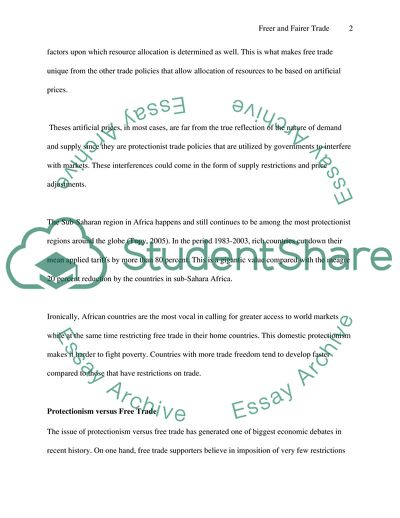Cite this document
(Free vs Fair Trade for Reduction of Poverty Term Paper, n.d.)
Free vs Fair Trade for Reduction of Poverty Term Paper. https://studentshare.org/macro-microeconomics/1731280-introduction-to-international-relations
Free vs Fair Trade for Reduction of Poverty Term Paper. https://studentshare.org/macro-microeconomics/1731280-introduction-to-international-relations
(Free Vs Fair Trade for Reduction of Poverty Term Paper)
Free Vs Fair Trade for Reduction of Poverty Term Paper. https://studentshare.org/macro-microeconomics/1731280-introduction-to-international-relations.
Free Vs Fair Trade for Reduction of Poverty Term Paper. https://studentshare.org/macro-microeconomics/1731280-introduction-to-international-relations.
“Free Vs Fair Trade for Reduction of Poverty Term Paper”. https://studentshare.org/macro-microeconomics/1731280-introduction-to-international-relations.


